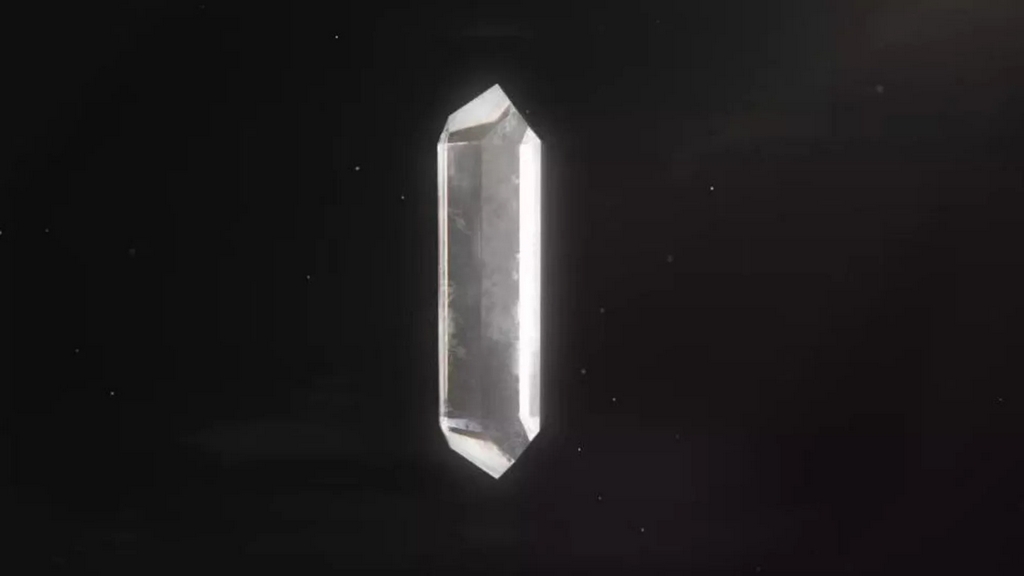
Chinese scientists have found a mineral new to science among the 3.81 lbs. (1.7 kilograms) of lunar samples taken in 2020.
The phosphate columnar crystal is called Changesite—(Y) after the name of a mythical moon goddess who also gave the mission which retrieved the crystal its name.
The sample and return mission, Chang’e-5, landed on the Moon’s Oceanus Procellarum region to acquire the youngest samples retrieved by humans, and the first in 40 years.
Changesite—(Y) is the 6th new mineral found in lunar regolith, and China became the third nation to make such a discovery.
The International Mineralogical Association had confirmed it as a new mineral by the time the discovery was announced in a press conference on September 9th.
The crystal was discovered by researchers at the Beijing Research Institute of Uranium Geology who used X-ray refraction to find the 10-micron-long crystal.
According to the research team, the mix of totally-lifeless rock and dirt of other planets, called regolith, was 1 billion years younger than the samples brought back from the Apollo Missions. They speculated that this vast gulf in geological history was probably why neither the Soviets nor the Americans found Changesite—(Y).
In total, the Chang’e-5 regolith contained 40 chemical elements, from which interesting observations were made.
READ MORE: Huge Black Diamond Sold for $4.3 Million–and No One Knows Where it Came From or How it Was Formed
“For example, we can extract more than 30 kilograms of titanium from one ton of lunar samples, the content of which is more than six times the average of titanium on Earth,” Guo Bing at the China Institute of Atomic Energy, said in a report on their examination of the regolith.
Several more Chang’e missions to the moon are planned, including Chang’e-6, which will will land on the moon’s far side in a similar sample-return expedition.
SHARE This Rocking New Discovery With Your Friends…



















